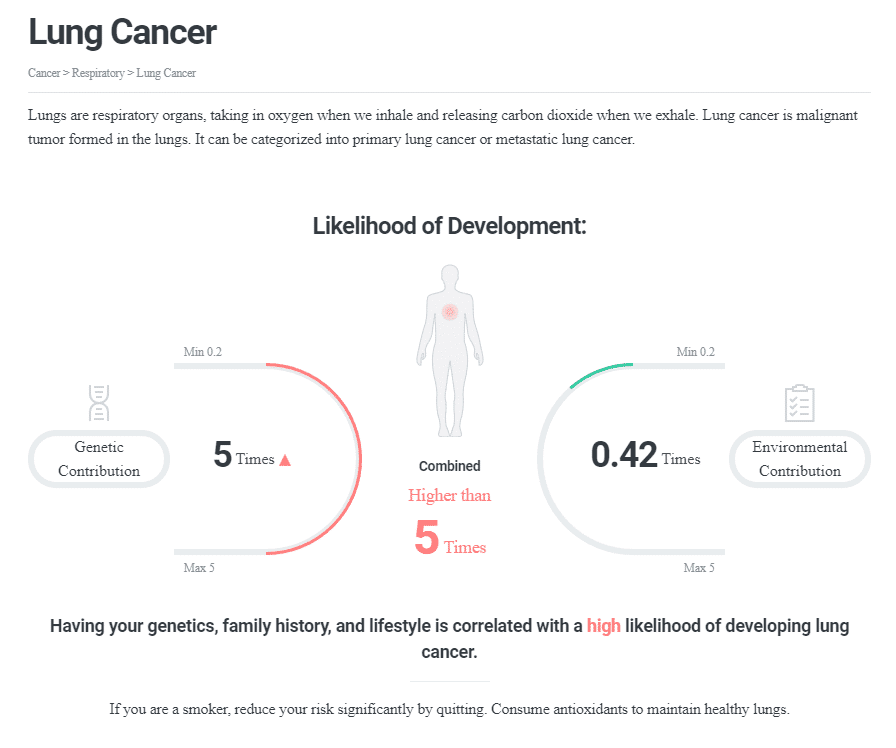
DNA or genetic testing is a hot topic right now, with several companies offering a wide range of products promising to help you to find out more about your genetic makeup.
For most people, DNA tests are a matter of personal privacy. But for some, it’s more than just a matter of privacy.
For example, it can tell you if you have inherited certain genetic traits that may make you more susceptible to certain diseases or predispose you to getting sick at any given time.
DNA testing is not just about the health of your loved ones. It can also be a tool to help you understand your risk of diseases and unlock knowledge of your inborn talents and weaknesses. There are several different kinds of DNA testing that make it easier to get accurate results on various types of diseases.
For example, it can tell you if you have inherited certain genetic traits that may make you more susceptible to certain diseases or predispose you to getting sick at any given time. In this article, we will look at the different types of DNA tests available and how they could help you understand your risk factors and unlock knowledge about your inborn talents and weaknesses. In fact, advancements in technology have made DNA tests more readily available and affordable than ever before.
HISTORY OF DNA TESTING
In the distant past, DNA was used to identify individuals and track them down. Today, we can use it to make sure that our relatives are still alive, and unlock the secrets to your inborn talents and weaknesses!
DNA is a genetic code that is passed from mother to child. Each cell in your body is made up of a mix of DNA from each parent.
There are about a million different sequences. And each person has his or her own unique sequence. There are about twenty-five different bases in our DNA, but people can have variations of just two bases: A and T. The average person also has three copies of these base pairs (A being most common). And only about 50% of people have one copy of A, not two.

DNA tests are used to determine which people in your family have certain diseases. Generally, these diseases are inherited and occur through different genes that determine the risk for an individual to develop a disease or illness.
In order for us to understand how a DNA test can help you in your personal life, we need to first understand what a gene is. A gene is an individual gene that controls our body’s development or the way it functions. In other words, these genes control the structure and function of our cells by determining how they grow, divide, mature and die.
A gene is also called a hereditary trait because it is passed from one generation to another genetically via heredity. This means that as long as two parents have the same genetic traits (genes), their children will also have those same traits (genes) with no need for any intervention on their part whatsoever.
DNA tests can be used to determine if certain genes exist in an individual’s genome. If these genes exist in an individual then they could pass on their genes to future generations via their semen or ova (egg). Through this process, you are passing on your genetic traits (genes) as well as those of your family members’ genetic traits (genes), including diseases such as Alzheimer’s disease and breast cancer through your own offspring or offspring-in-law from previous relationships with other individuals within the same family tree lineage that reside at different locations around the world.
As a result of this process by which individuals pass on their genetic traits from one generation to another via their semen or ova (egg), it becomes important for people who want to gain some insight into how closely related individuals within their own family tree lineage are due to known diseases such as Alzheimer’s disease and breast cancer if they wish to understand their risk factors by which they will most likely develop these illnesses like Alzheimer’s disease and breast cancer when older as well as others such as other cancers such as prostate cancer if they live longer than normal lifespan when compared with other people living at similar ages if they do not wish to develop these conditions when older after having children or otherwise being born prematurely due to genetics or environment
So what is DNA…?
DNA stands for deoxyribonucleic acid. The nucleic acids are the building blocks of all living things, including you and me! DNA contains the genetic code – the instructions that tell our bodies how they should grow, look and behave.
How is DNA different from other kinds of data?

There are two ways in which information must be stored on DNA:
- It’s made up of long strings of bases that code for proteins. Our bodies use these proteins to make new cells, repair them or protect themselves from damage.
- DNA is made up of single strand of a particular sequence called a ‘gene’, which codes for specific traits like eye color or height. Genes are expressed at different times in life and only certain combinations of bases can code for that trait. These differences can be inherited by children due to epigenetic effects (see below).

All this makes DNA very useful as it allows us to look at our own genetics when it comes to health problems like cancer or diabetes – we can identify which genes might cause those diseases based on their similarity to other people who have similar diseases (for example, there are many versions of genes known as “mutations” that cause cancer). When we know our genetics may be at fault we can try different treatments to see if they work better than others and get new knowledge about what works best for us. The way companies do this right now is by sequencing the human genome – taking thousands of samples from people (known as ‘sample pool’) in order to sequence their entire genomes – then comparing these sequences back with other people whose genomes have already been sequenced to see if a match is found for specific genes relating to specific diseases.





